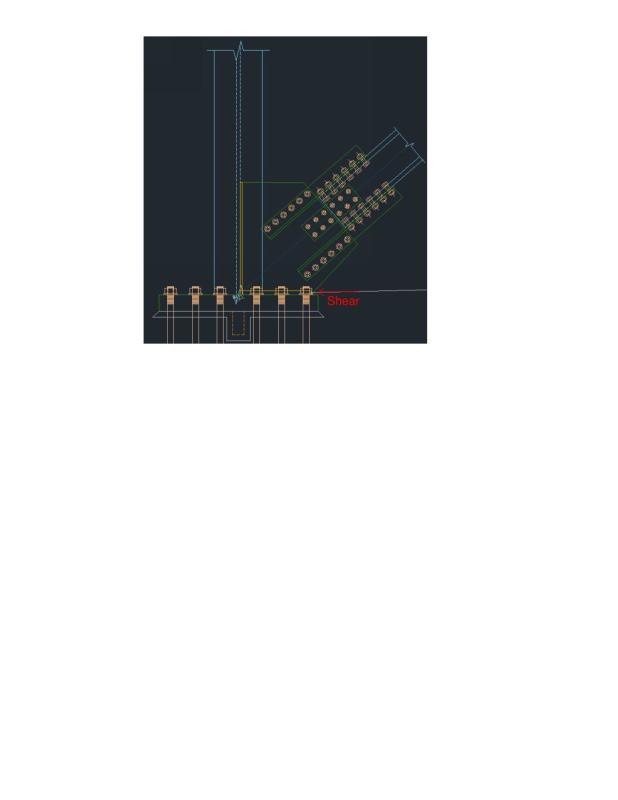Hi,
For braced frames, where should the workpoint (WP) at base plate be? CL of column and CL of brace intersection at top of baseplate or CL of column and CL of brace intersecting at bottom of baseplate? I have seen it done both ways. What are the differences between these two? If UFM is used, forces for the gusset plate to column and base plate connection will change with respect to WP.
Contractor likes to have WP at top of base plate. Is there any additional consideration for the design other than the change in connection forces between gusset plate and column/base plate if workpoint is kept at top of base plate?
Thanks
For braced frames, where should the workpoint (WP) at base plate be? CL of column and CL of brace intersection at top of baseplate or CL of column and CL of brace intersecting at bottom of baseplate? I have seen it done both ways. What are the differences between these two? If UFM is used, forces for the gusset plate to column and base plate connection will change with respect to WP.
Contractor likes to have WP at top of base plate. Is there any additional consideration for the design other than the change in connection forces between gusset plate and column/base plate if workpoint is kept at top of base plate?
Thanks

